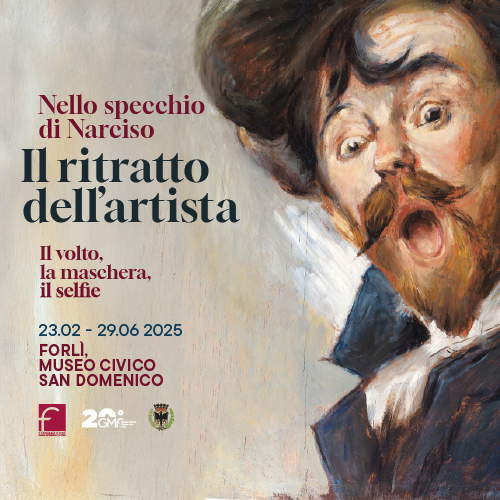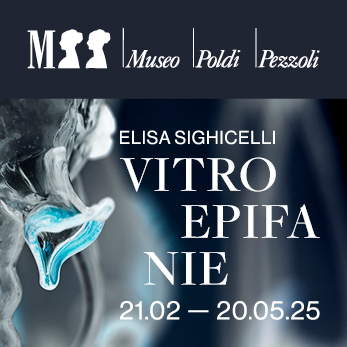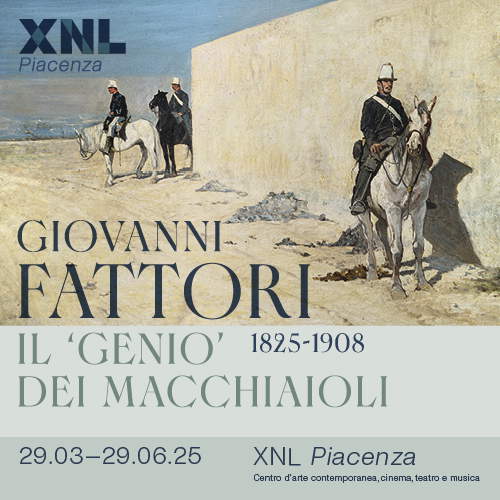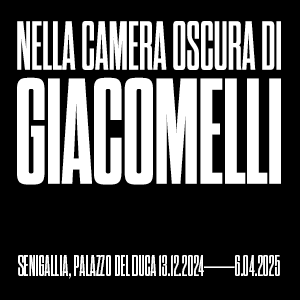On-sight construction site for major restorations at Capodimonte Museum and Real Bosco kicks off
Beginning Friday, Feb. 14, visitors to the Capodimonte Museum and Real Bosco will have the opportunity to witness in real time the restoration work on works in rooms 102 and 104 on the second floor. Twenty panels from the ancient Bourbon Collection and one work from the Farnese Collection, all in need of major conservation work, will be welcomed here. These are a set of paintings spanning two centuries of Neapolitan history, from the 14th to the 16th centuries, telling the stories of dynasties, churches and the great masters of the time.
Preliminary operations began last December under the supervision of the Museum’s Historic-Artistic Heritage Restoration and Maintenance Office. The first five selected panels have already been moved to rooms 102 and 104 on the second floor.
The first to arrive was The Massacre of the Innocents by Matteo di Giovanni (Borgo San Sepolcro, c. 1430 - Siena, c. 1495), an emulsion tempera on panel painted around 1488, probably in Siena on commission by Alfonso d’Aragona, Duke of Calabria, during the anti-Medicean campaign. The painting, thought to commemorate the massacre carried out by the Turks at Otranto in July 1480, was moved to Naples along with the relics of the victims at the behest of Alfonso himself and placed in the church of Santa Caterina a Formiello in Naples.
Among the works being restored are three masterpieces by Cristoforo Scacco (Verona, active between Lower Latium and Campania between about 1480 and 1510), starting with the Penta Polyptych of 1493. The latter comes from the church of St. Bartholomew in Penta, now a hamlet of Fisciano (Salerno), and consists of a central part depicting Our Lady of Grace with the Purgatory Souls (from the deposits), and side panels with the figures of St. John the Baptist and St. Benedict (left) and St. John the Evangelist with a monk in white robes (right). The latter, usually identified with Saint Bernard, is more likely Saint William of Vercelli. Completing the work is the predella with Christ and the Apostles (from the deposits), originally on panel and later transferred to canvas shortly before 1930.
Two other works by Scacco undergoing restoration are the Polyptych with Madonna and Child Enthroned (central panel), St. Francis (left panel), St. John the Baptist (right panel) and Eternal Father (cymatium), tempera and gold on panel about 1495, from an unidentified church in Itri , and the Triptych with Coronation of the Virgin (central panel), St. Mark (left panel) and St. Julian (right panel), datable between 1495 and 1500. The latter became part of the collections in 1814, following the suppression of the Magdalene Monastery in Salerno.
From the Farnese Collection, on the other hand, comes the Dispute on the Immaculate Conception by Giovan Antonio de Sacchis, known as Pordenone (Pordenone, c. 1483 - Ferrara, 1539). Made between 1529 and 1530, the oil-on-board painting originally decorated the Pallavicini Chapel in the church of Santa Maria Annunciata in Cortemaggiore, Emilia.
In recent months, inside the Museum’s halls, visitors have been able to recognize the works awaiting restoration thanks to the presence of veils applied by restorers, similar to small “patches” that prevent the lifting of the pictorial layers. A panel painting, in fact, is composed of several layers of heterogeneous materials-wood, preparation, pigment and binder-that are affected by changes in temperature and humidity, causing movements that can damage the pictorial surface with lifting and cracks.
Ongoing interventions aim to control these phenomena through the installation or adjustment of the so-called “parchettatura,” an elastic framework capable of supporting and at the same time accommodating the natural movements of the material. In addition, cleaning and pictorial integration will allow the works to be restored to their original color brilliance.
The idea of transforming the rooms into visible restoration laboratories, thanks to special transparent screens, allows visitors to observe the interventions up close, delve into the original construction techniques of the paintings, share the necessary scientific approach, and discover advances in modern conservation science. Through a QR code it will be possible to get detailed information about all the works involved in the restoration, while the hashtag #RestauroConVista will allow visitors to follow updates on the Museum’s official channels.
“For two years our visitors will encounter, on the tour route, an ’on-sight’ restoration site where experts are ’curating’ important plates belonging to the Bourbon Collection and to the memory of the city and its Kingdom,” explains the director of the Capodimonte Museum and Real Bosco Eike Schmidt. “A solution we have chosen to involve the public in the great work of protection undertaken and, more generally, in the life of Capodimonte, conveying the everyday life of a Museum in transformation, increasingly a living and dynamic organism.”
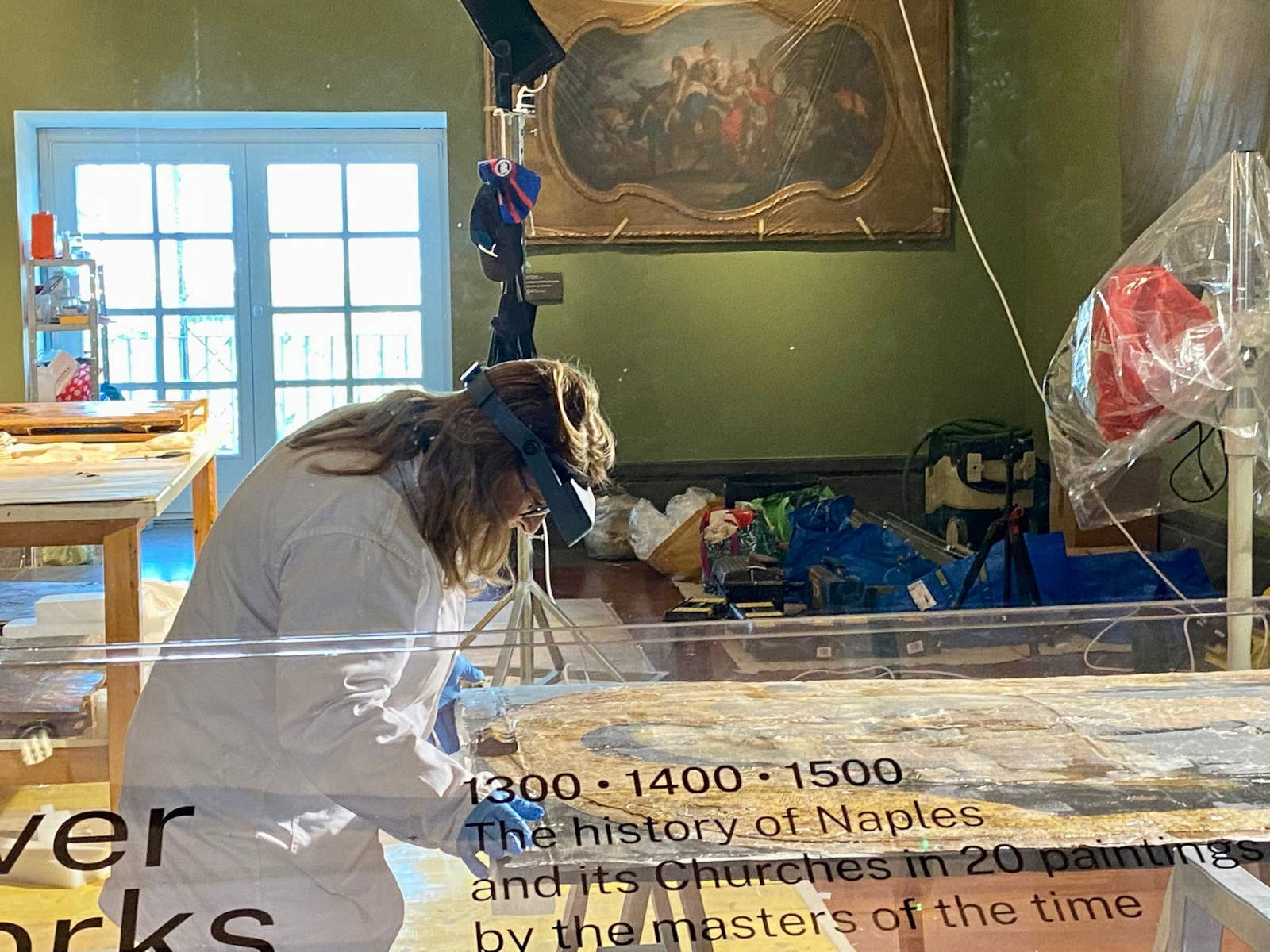 |
| On-sight construction site for major restorations at Capodimonte Museum and Real Bosco kicks off |
Warning: the translation into English of the original Italian article was created using automatic tools. We undertake to review all articles, but we do not guarantee the total absence of inaccuracies in the translation due to the program. You can find the original by clicking on the ITA button. If you find any mistake,please contact us.





